
Workers are busy with high-altitude construction of a real estate project in Wuhan, Hubei province, on Nov 15. (Photo/Xinhua)
China unveiled a development plan on Tuesday for its construction industry over the 14th Five-Year Plan period (2021-2025) to push the pillar sector of the country's economy onto a greener, smarter and safer path.
The industry will maintain a 6-percent share of the country's GDP into 2025, according to the document from the Ministry of Housing and Urban-Rural Development.
The plan states that the industry will more greatly modernize its industrial chain, form the preliminary stages of a green and low-carbon production mode, see more widespread application of information technologies, and steadily improve the safety and quality of buildings.
Specifically, prefabricated buildings, which are partially or wholly manufactured in factories and then transported to construction sites for assembly, will account for more than 30 percent of the country's new construction. Building waste at new construction sites will be lower than 300 tonnes per 10,000 square meters.
The government will promote the use of information technologies, such as the Internet of Things and big data, in the building sector by encouraging cooperation between construction companies, internet enterprises and research institutes.
The plan highlights the mass application of construction robots in some fields by 2025.
Efforts will be made to promote parts-producing robots, accelerate research and development on construction-site robots, and explore the application scenarios for robots used for operations and maintenance.
Looking to 2035, the plan anticipates that the construction sector will realize comprehensive industrialization, with great improvements to the quality of buildings and its business-innovation capability, while exhibiting world-leading competitiveness, especially in intelligent construction.
China's construction sector has played an increasingly important role in bolstering the economy and stabilizing employment. In the 13th Five-Year Plan period (2016-2020), the sector expanded 5.1 percent annually in added value, accounting for over 6.9 percent of GDP. In 2020, the sector provided jobs for 53.66 million people.










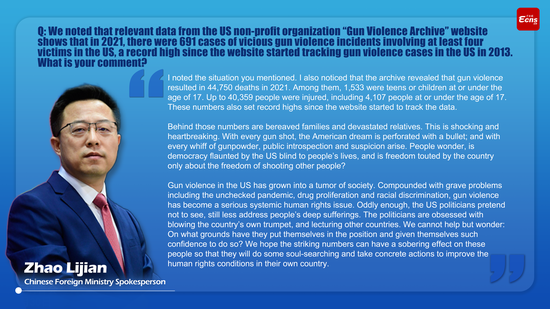




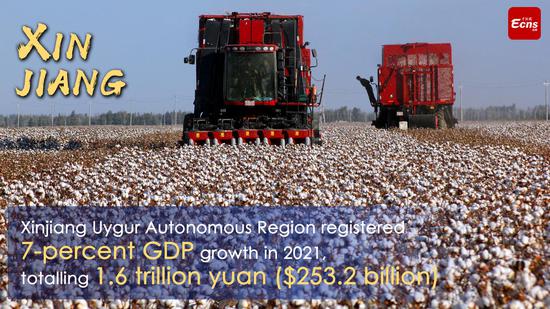





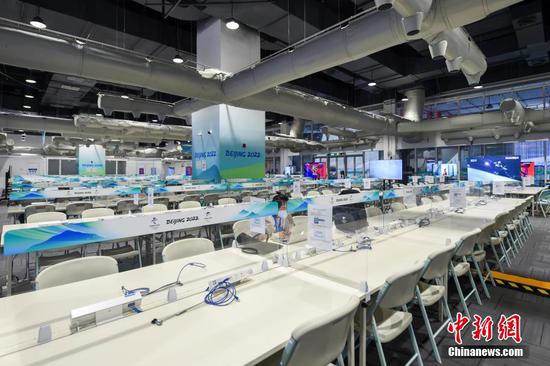









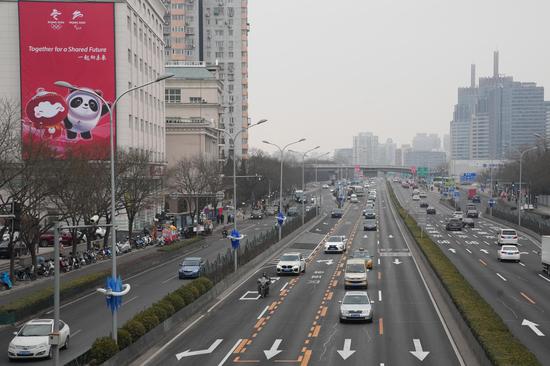










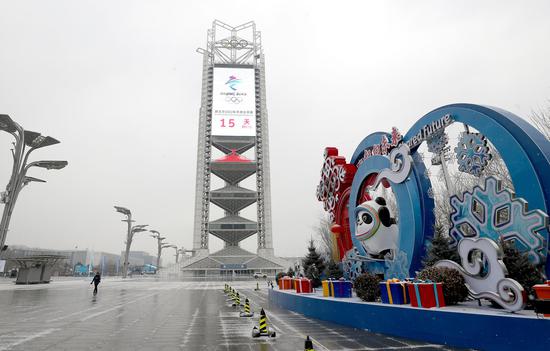





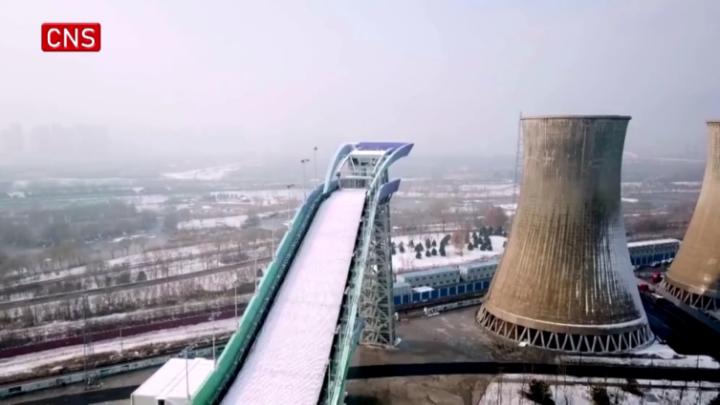

 京公网安备 11010202009201号
京公网安备 11010202009201号